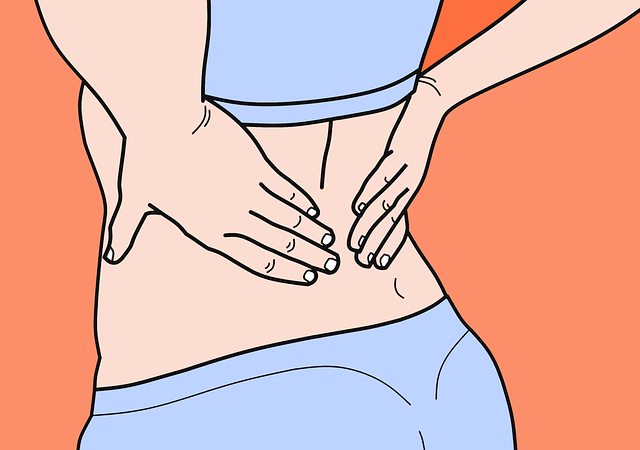Archive for April 2019
3 Ways to Fuel Your Day Through Nutrition
3 Hidden Health Benefits of Chiropractic Care
Chiropractic for Carpal Tunnel Syndrome
Chiropractic for Golfers
3 Tips for Reducing Back Pain
Best Sauna Practices
3 Benefits of Chiropractic Adjustments
What is Ergonomics?
The scientific discipline concerned with the understanding of interactions among humans and other elements of a system, and the profession that applies theory, principles, methods and data to design in order to optimize human well-being and overall system performance.
Ergonomics means: “fitting the job to the worker” from the Greek, Ergo = Work and Nomos = Laws
What are Work-Related Musculoskeletal Disorders (WMSD)?
- WMSDs are soft tissue injuries which occur gradually, also known as:
- Cumulative Trauma Disorders (CTDs)
- Repetitive Strain Injuries (RSIs)
- Overuse injuries
What are Ergonomic Conditions?
Disorders of the soft tissue – specifically: Muscles, nerves, tendons, ligaments, joints, cartilage, blood vessels, spinal discs.
What Are Some of the Symptoms of WMSDs? Discomfort, pain, numbness, tingling, inflammation, burning, swelling, change in color, tightness, loss of flexibility, discomfort, pain, numbness.
What Can Cause Symptoms of WMSDs? Heavy, frequent or awkward lifting, pushing, pulling or carrying loads, working in awkward postures, hand intensive work, vibration, contact stress.
Risk of injury depends upon: duration of exposure, frequency of exposure, intensity of exposure, or a combinations of risk factors.
Risk factors for maximum lifting: There are only recommendations for the maximum weight a person can lift.
Frequent lifting: A little more than twice per minute.
Awkward lifting: Lifting above the shoulders, below the knees, or at arm’s length. Lifting above the shoulders, below the knees, or at arm’s length.
Risk Factors for WMSDs: Awkward Postures are squatting, kneeling, bending.
Reducing Low Work: Raise and/or tilt the work for better access, use a stool for ground level work, use tools with longer handles, alternate between bending, kneeling, sitting and squatting.
Reducing Reaching: Keep items within close reach, design reach distance for the shortest worker, , emove obstacles, use gravity feed racks.
Risk Factors for WMSDs: Hand Intensive Work
Hand Intensive Work: Highly Repetitive Work
Making the same motion repeatedly can cause a lot of wear and tear on the joints being used, and if you don’t rest to allow time for them to heal, the damage can just keep building up.
Reducing Repetition: Arrange work to avoid unnecessary motions, let power tools and machinery do the work, spread repetitive work out during the day, take stretch pauses, rotate task with co-workers if possible, change hands or motions frequently.
Your grip strength decreases when you: bend your wrists, pick up slippery items, wear poorly fitting gloves, have cold hands.
Recognition and Reporting Signs and Symptoms
Report signs or symptoms if:
- Pain is persistent, severe or worsening
- Pain radiates
- Symptoms include numbness or tingling
- Symptoms keep you from sleeping at night
- Fingers blanch or turn white
Why Is It Important to Report Signs and Symptoms Early? Acute injuries can easily become chronic injuries and can sometimes lead to disability, even surgery. Early treatment save time and money. It’s important for your own health to report symptoms as early as you can.
Getting Involved! Look at your job, come up with solutions, work with solutions. Take part in training. Take responsibility for changing the way you do your job. Help to make sure efforts are successful!
5 Key Points to Remember:
- Ergonomics can help you on your job
- WMSDs can happen in jobs with risk factors
- Risk factors can be reduced and WMSDs prevented
- Reporting signs and symptoms early is important
- You can help your company put ergonomics changes into place







